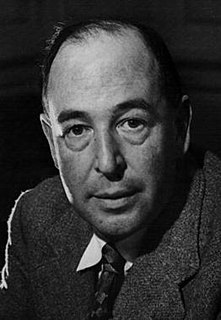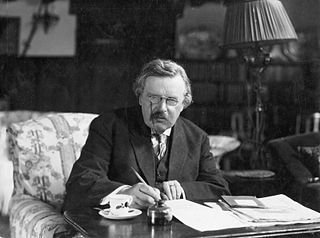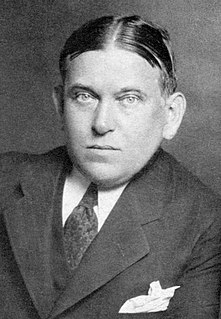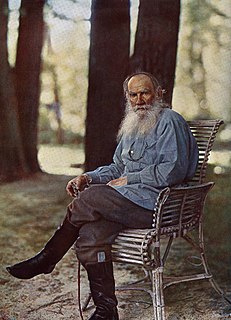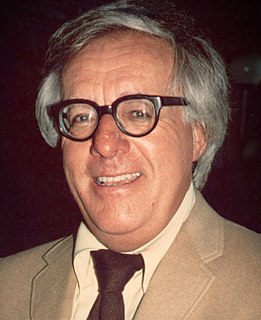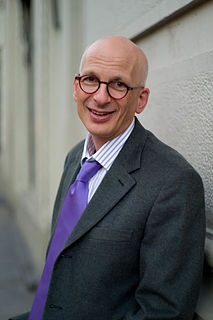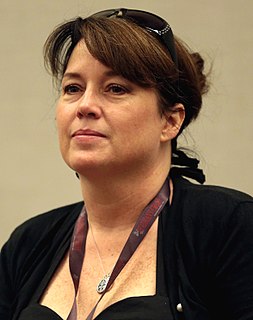Top 107 Quotes & Sayings by Sam Kean - Page 2
Explore popular quotes and sayings by an American writer Sam Kean.
Last updated on April 15, 2025.
There are a few elements - especially platinum and palladium - that have the amazing ability to absorb up to 900 times their own volume in hydrogen gas. To get a sense of the scale there, that's roughly equivalent to a 250-pound man swallowing something the size of a dozen African bull elephants and not gaining an inch on his waistline.
Over the years, humans have managed to incorporate nearly every element, light and weighty, common and obscure, into our daily lives. And given how small atoms are and how many of them there are all around us, it's almost certain that your body has at least brushed against an atom of every single natural element on the periodic table.
Unlike uranium, plutonium was created in an American lab in 1940, but scientists soon realized that it could produce even wilder chain reactions and even bigger explosions. In fact, fearing another country would create it, too, the American government went to great lengths to keep even the existence of plutonium a secret.
In some sense, what you might have suspected from the first day of high-school chemistry is true: The periodic table is a colossal waste of time. Nine out of every 10 atoms in the universe are hydrogen, the first element and the major constituent of stars. The other 10 percent of all atoms are helium.
In these days before antiseptics, doctors themselves also suffered high mortality rates. Florence Nightingale, a nurse during the Crimean War (1853-1856), watched one particularly inept surgeon cut both himself and, somehow, a bystander while blundering about during an amputation. Both men contracted an infection and died, as did the patient. Nightingale commented that it was the only surgery she'd ever seen with 300 percent mortality.
Lithium tweaks many mood-altering chemicals in the brain, and its effects are complicated. Most interesting, lithium seems to reset the body’s circadian rhythm, its inner clock. In normal people, ambient conditions, especially the sun, dictate their humors and determine when they are tuckered out for the day. They’re on a twenty-four-hour cycle. Bipolar people run on cycles independent of the sun. And run and run.
So if big enough droplets fell far enough fast enough, someone floating right near the metallic hydrogen layer inside Jupiter maybe, just maybe, could have looked up into its cream and orange sky and seen the most spectacular show ever--fireworks lighting up the Jovian night with a trillion streaks of brilliant crimson, what scientists call neon rain.



